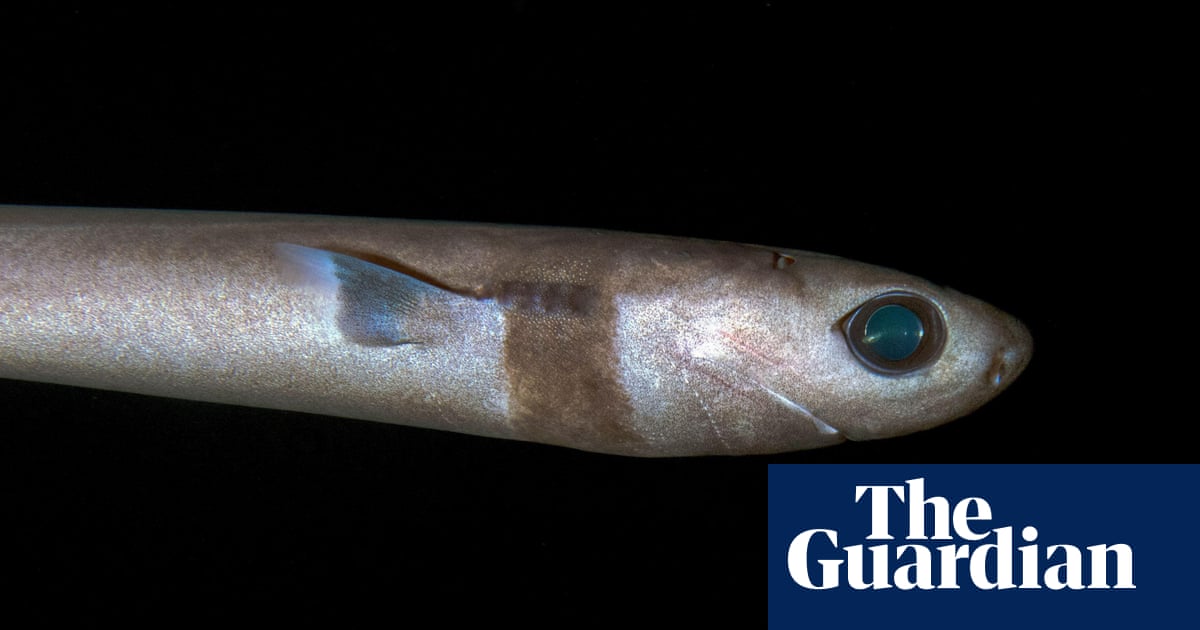
"Three years ago I was running a research project from a bottom trawler off Namibia about deep-sea sharks all of which live under enormous water pressure, close to the seafloor and are rarely seen by humans. These sharks were being brought up in the trawler's nets. By the time they were brought to the surface, they had experienced such a dramatic change in pressure that they had undergone barotrauma, so they were internally damaged and unlikely to survive."
"We recorded west African catsharks, which were mostly thought to be farther along the west African coast and a sawshark species. We also saw quite a lot of gulper sharks, which have huge emerald eyes and are among the most threatened shark species in the world. They are often targeted by other fisheries for their squalene, a compound made from the oil in their liver and widely used in manufacturing cosmetics."
"They were caught because bottom-trawl fisheries even those that want to be sustainable like the fishery whose boat I was on drag their nets along the bottom of the sea and collect everything that lives on or just above the seabed. This includes the fish they are targeting, but it also includes skates and rays that sit on the seabed and lots of other non-target fish including the many shark species that live very close to the sea floor."
A research project operated from a bottom trawler off Namibia documented deep-sea sharks living under enormous water pressure close to the seafloor and rarely seen by humans. Sharks brought to the surface experienced dramatic pressure change causing barotrauma, leaving them internally damaged and unlikely to survive. Several deep-sea shark species were recorded in Namibian waters for the first time, including west African catsharks, a sawshark species, and numerous gulper sharks. Gulper sharks are highly threatened and targeted for squalene. Bottom-trawl fisheries drag nets along the seabed and capture many non-target species. Deep-sea mining poses a potential massive impact on biodiversity.
Read at www.theguardian.com
Unable to calculate read time
Collection
[
|
...
]